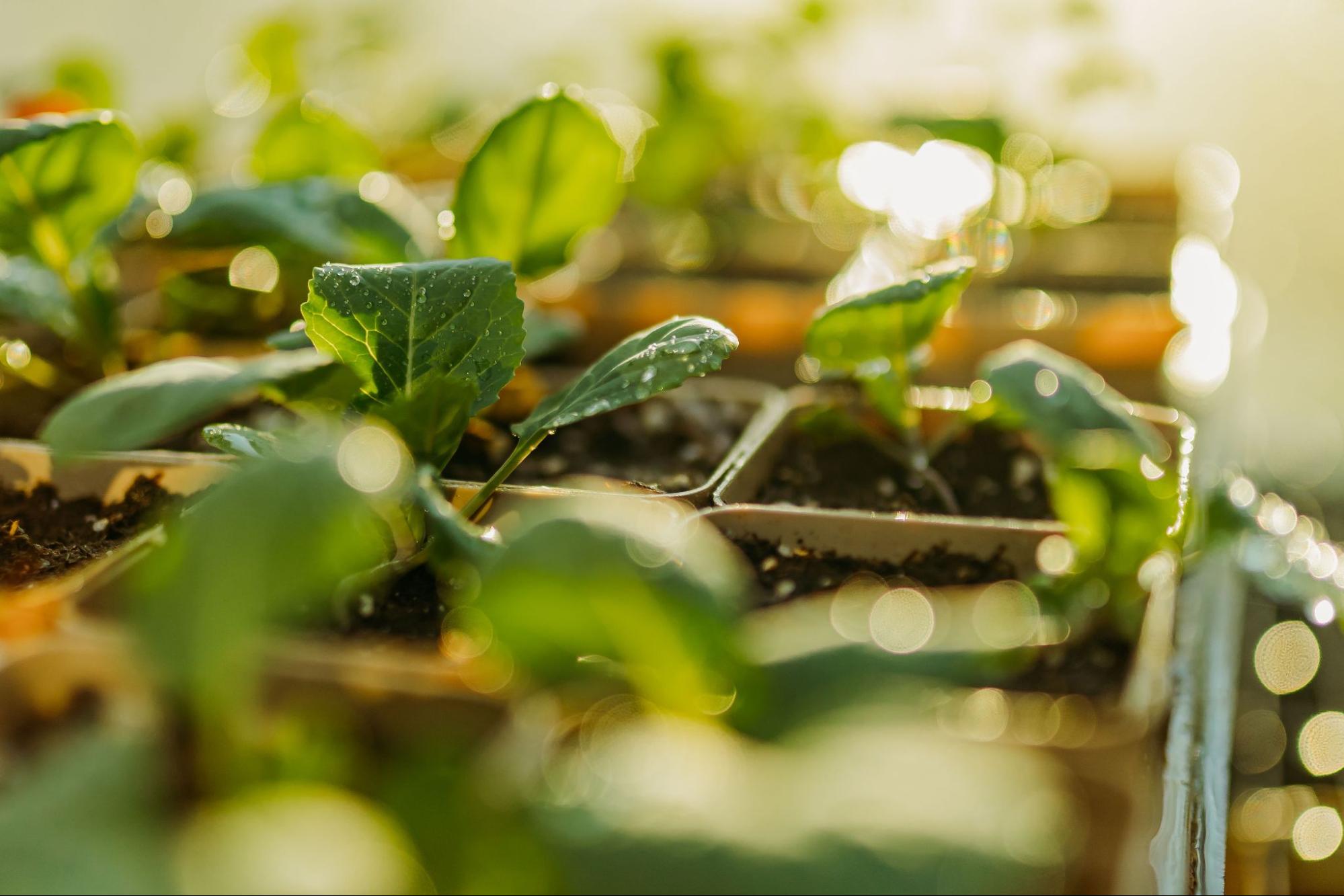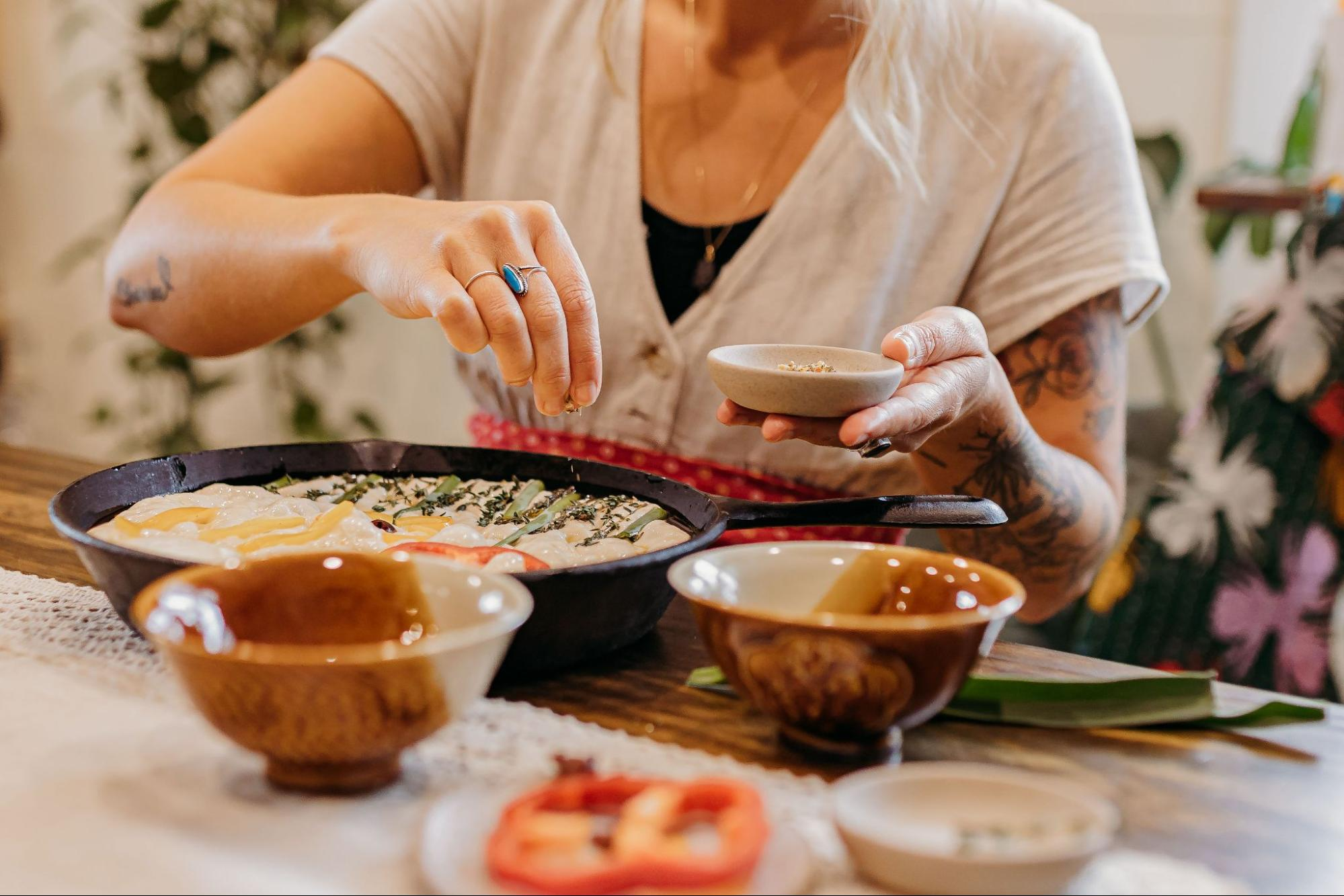Hey everyone! Today, I'm in my greenhouse surrounded by a vibrant array of seedlings, and I want to dive into a crucial topic – common seed starting issues. Identifying these problems early is key to ensuring the success of your seedlings. I've compiled a guide on how to recognize and treat these issues, drawing on my experience as a seasoned gardener. If you're interested in delving even deeper into the world of seed starting, check out my book, "The Tiny But Mighty Farm," where I cover various aspects of growing from seed.

Nitrogen Deficiency:
Nitrogen deficiencies are quite common, especially if seedlings have been in the same soil for an extended period. Identifying this issue is relatively straightforward – yellowing leaves, typically starting from the bottom. To address this, wait until your seedlings have true leaves and then apply a natural organic fertilizer. Remember, less is more, so follow the fertilizer instructions diligently.
Phosphorus Deficiency:
Recognizing a phosphorus deficiency involves purple discoloration in the leaves, browning of leaf tips, or overall deep green leaves. To remedy this, add bone meal, blood meal, rock phosphate, or a phosphate fertilizer to the root zone. Ensure thorough watering after application.
Leggy Seedlings:
Leggy seedlings, characterized by thin, floppy stems, are often a result of insufficient light. Adjust artificial lighting, move seedlings closer to the light source, or consider up-potting tomatoes deeper to encourage root growth and sturdier plants.
Poor Germination Due to Seed Age or Health:
Poor germination can stem from old seeds or improper storage. Pre-germinate seeds using a damp paper towel in a baggie to test viability. Additionally, ensure proper storage conditions for optimal seed health.
Poor Germination Due to Improper Planting:
Planting seeds too deep or covering varieties that require light for germination can impede successful sprouting. Follow seed packet instructions regarding planting depth, and bottom water before germination to avoid pushing seeds too deep.

Incorrect Temperature for Germination:
Achieving the right temperature is crucial for seed germination. While some seeds benefit from a heat mat, others, like cold-loving plants, may be stunted by excessive warmth. Research specific temperature requirements for each plant type and adjust accordingly.
White or Green Mold:
Overwatering can lead to mold growth on the soil surface. Scratch the soil surface with a fork to improve aeration, and use an oscillating fan for airflow. Outdoors, open vents or greenhouse doors for natural circulation.
Damping Off:
Damping off is a soil-borne fungal disease affecting seedlings, causing them to rot and fall over. Prevention involves ensuring good airflow with fans and adjusting watering practices to avoid excessively wet soil.
Fungus Gnats:
Fungus gnats thrive in moist soil. Allow the soil to dry out between waterings, and mix a water and dish soap solution to spray the topsoil. Bottom watering can also help manage soil moisture and discourage fungus gnat larvae.

Remember, successful gardening involves learning and adapting. While these common seed starting issues may arise, identifying and addressing them promptly will lead to healthier, more robust seedlings. Enjoy the process of nurturing your plants.











